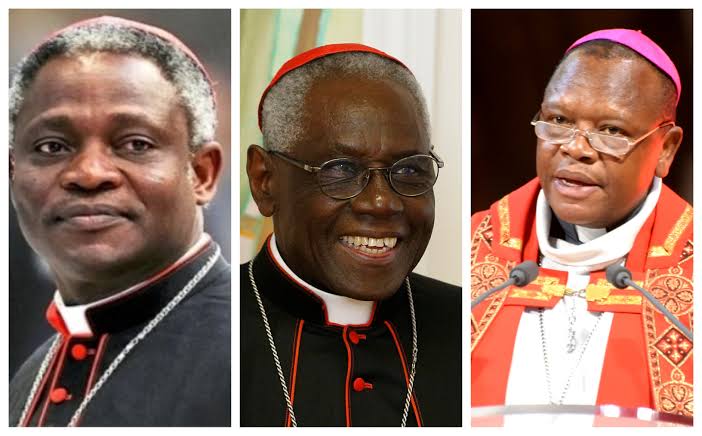Palm Sunday: From significance to global celebrations, here’s all you need to know

Palm Sunday, observed on March 24 this year, signifies the commencement of Holy Week in the Christian calendar.
It honors the biblical account of Jesus Christ’s triumphant entry into Jerusalem, where he was welcomed by crowds waving palm branches along his path.
Also referred to as Passion Sunday, this sacred period includes the re-enactment of Jesus’ crucifixion and resurrection on Easter Sunday.
Palm Sunday is commemorated worldwide through processions, palm decorations, and special church services, symbolizing the start of this significant week. (Image credit: AP Photo/Maya Alleruzzo, File)
Here is a quick look at Palm Sunday’s significance:
Is there a donkey in this story?
Yes. The procession of Jesus into Jerusalem is described by the four Gospel writers in the Bible. The Gospels differ, but based on one expert they agree on this: Jesus rode into Jerusalem on a donkey — or a colt. So, which one is it?
Colt, traditionally thought of as a young male horse, takes on a different meaning in the Bible, where it predominantly represents young donkeys, according to Joanne M. Pierce, professor emerita of religious studies at the College of the Holy Cross.
Read also:
- St. Patrick’s Day: Things you should know about St. Patrick
- St. Valentine’s day: History, meaning and misconceptions
- Jesus Christ has risen above all infectious diseases
- 10 popular Christmas traditions and their origins
Pierce highlights a passage from the Book of Zechariah in Jewish scriptures, where a victorious king enters Jerusalem mounted on a donkey. In Judaism, this symbolizes the Messiah, a spiritual leader who would peacefully redeem Israel, with the donkey embodying humility.
In Christianity, Pierce explains, the donkey transcends its literal meaning to become a symbol of Christ himself, embodying patience in suffering and bearing others’ burdens. This contrasts with horses, which are often associated with royalty, power, and war.
What about the Palms?
In the Palm Sunday narrative from the Bible, a jubilant crowd welcomed Jesus as he made his way along the road.
Some laid their garments on the ground, while others scattered leafy branches, specifically palms, symbolizing victory and triumph. In Matthew’s Gospel, the crowd exclaimed, “Hosanna to the son of David! Blessed is the one who comes in the name of the Lord! Hosanna in the highest heaven!” “Hosanna” served as both a plea for salvation and a declaration of praise.
Following the procession, Jesus entered Jerusalem and proceeded to the temple.
How is Palm Sunday celebrated?
The customary ritual commences with clergy blessing the palms, succeeded by a recital of the Passion of Christ detailing the final moments of his life.
In some German-speaking regions, ceremonies once featured a portrayal of Jesus riding a donkey, known as a “Palmesel,” where worshippers would lay palms before it during spirited processions.
In the Holy Land, Christian pilgrims commemorate Palm Sunday with Masses and processions tracing Jesus’ triumphant entry from the Mount of Olives to Jerusalem’s Old City.
Palms and olive branches are carried, symbolizing peace, and in many churches worldwide, congregants take home these palms, some destined to be used as ashes.
How do the Palms Turn into Ashes?
Certain churches opt to create their own ashes for Ash Wednesday by burning the palms from previous years, rather than purchasing them. This process symbolizes the commencement of Christianity’s solemn period of fasting and reflection.




